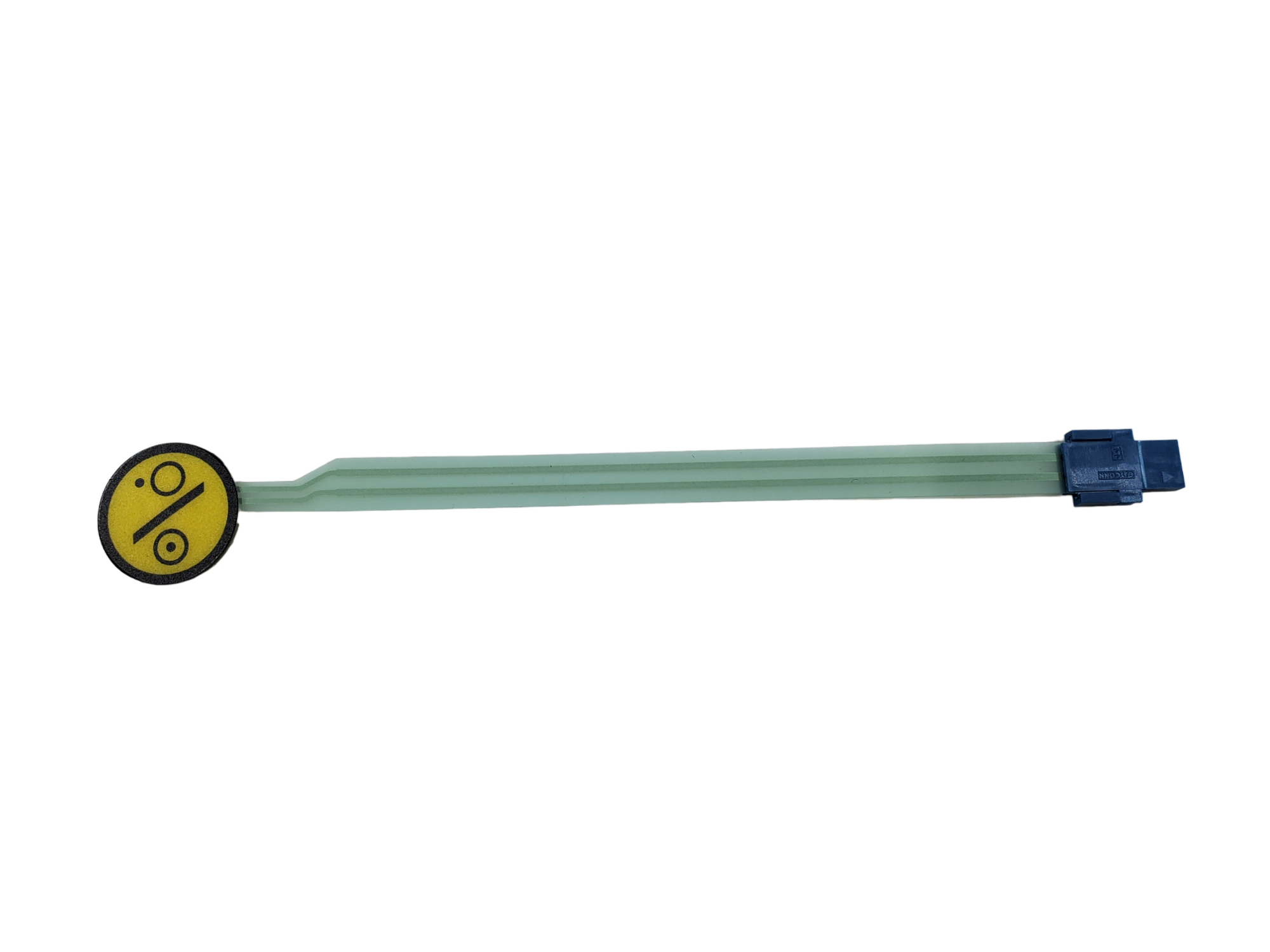How Membrane Switches Are Shaping the Future of Electronic Interfaces
How Membrane Switches Are Shaping the Future of Electronic Interfaces
Blog Article
Recognizing Membrane Layer Switches Over: The Trick to Reliable and resilient Controls

What Are Membrane Buttons?
Membrane switches are an advanced remedy in the realm of interface modern technology, combining functionality and layout flawlessly. These devices function as a user interface between individuals and digital systems, incorporating numerous components right into a small format. Usually built from versatile, slim layers of materials, membrane switches are made to respond to touch, allowing users to engage with machinery and digital gadgets successfully.
The main components of a membrane switch consist of a published circuit layer, graphic overlay, and a spacer layer that prevents unintentional activation. The graphic overlay can be customized to reflect brand identification or individual preferences, boosting aesthetic appeals while ensuring use. Membrane buttons are frequently used in different applications, including medical devices, consumer electronics, and industrial tools, owing to their sturdiness and resistance to ecological aspects such as dampness and dust.
One of the key benefits of membrane layer buttons is their ability to stand up to wear and tear, making them excellent for high-traffic environments. Additionally, they are lightweight and call for marginal space, permitting innovative styles in item growth. In general, membrane layer switches over represent a effective and practical option for modern-day digital user interfaces, marrying modern technology with user-centric layout principles.
Just How Membrane Switches Job
The operation of membrane switches joints on a basic yet efficient system that equates individual input into electronic signals. When a customer presses the button, the leading layer flaws, permitting a conductive element in the circuit layer to make call with an equivalent conductive pad on the bottom of the visuals overlay.
The style of membrane layer switches can differ, yet they typically incorporate domes or tactile aspects to give feedback to the user, enhancing the total experience - membrane switch. The products used in membrane layer switches, such as polyester or polycarbonate, add to their durability and resistance to ecological variables, consisting of moisture and dirt. Moreover, the published circuits are normally encapsulated, which shields them from deterioration with time.
Benefits of Membrane Switches

In addition, membrane switches are recognized for their durability. Constructed from robust products, they are resistant to dust, dampness, and physical wear, which substantially extends their life-span compared to standard mechanical buttons. This durability makes them especially suitable for high-traffic settings and applications calling for longevity.
Another considerable advantage is the convenience of cleaning and maintenance. The smooth surface of membrane switches over reduces dirt accumulation sites and is usually resistant to spills, making them excellent for setups that call for constant sanitization.
Moreover, membrane layer buttons supply a streamlined profile, causing a thinner layout that can be integrated right into different devices without including mass. This feature not just enhances the visual allure however likewise contributes to a more ergonomic item layout.
Applications of Membrane Layer Switches
Versatile and easy to use, membrane buttons locate applications throughout a vast array of sectors, consisting of clinical devices, customer electronics, and industrial devices. In the medical area, these buttons are indispensable to devices such as diagnostic devices, patient surveillance systems, and mixture pumps, where reliability and simplicity of cleansing are critical. Their capacity to maintain and stand up to rough environments functionality makes them perfect for such applications.

In customer electronic devices, membrane buttons are utilized in items like microwaves, cleaning devices, and remote controls - membrane switch. Their streamlined style permits user-friendly user interfaces, boosting the general individual Click Here experience while giving durability and resistance to put on and tear
Commercial equipment also gains from membrane switches, particularly in control panels for equipment and automation systems. These buttons use defense versus dirt and wetness, making sure constant performance in difficult atmospheres. In addition, their customizable features permit suppliers to customize them to certain operational demands, improving efficiency and functionality.
Selecting the Right Membrane Layer Switch
When selecting a membrane button, it is necessary to consider different aspects that affect efficiency and viability for particular applications. The primary factors to consider include environmental conditions, responsive responses, longevity, and layout specifications.
First, examine the operating setting; buttons subjected to wetness, chemicals, or severe temperatures need certain products to make certain durability and performance. Next, examine the requirement for tactile comments. Relying on individual communication, some applications might take advantage of a responsive response to validate activation, while others may like a non-tactile layout for visual factors.
Longevity is an additional crucial element; membrane switches ought to be made to withstand regular use, effects, and abrasion. Make sure the chosen switch can endure the expected lifecycle, especially in high-usage situations.

Verdict
In verdict, membrane layer switches act as necessary parts in the style of long lasting and reliable control systems across numerous markets. Their portable go style, incorporated with robust building and construction and customizable functions, enhances user communication while making certain long life sought after environments. The versatility of membrane switches over enables for customized services that meet certain operational requirements, strengthening their relevance in modern-day technology. As markets remain to develop, the significance of integrating reliable membrane switch solutions can not be overstated.
Membrane changes represent an important element of modern-day interface style, mixing functionality with resilience in various applications.Membrane layer switches are an innovative service in the realm of customer interface technology, incorporating capability and layout flawlessly. Generally constructed from adaptable, slim layers of materials, membrane buttons are created to respond to touch, making it possible for users to interact with equipment and electronic tools successfully.
The style of membrane layer buttons can vary, yet they frequently incorporate domes or responsive aspects to provide responses to the individual, boosting the general experience.In conclusion, membrane changes serve as vital parts in the layout of long lasting and reputable control systems across numerous industries.
Report this page